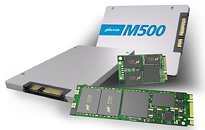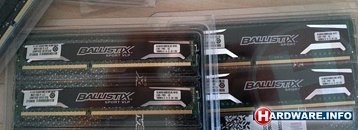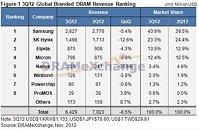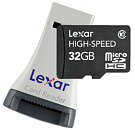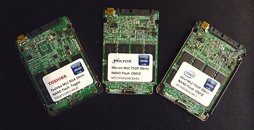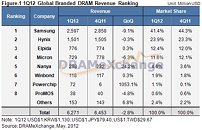
Micron Introduces the P400m Solid State Drive
Micron Technology, Inc., today announced its next-generation solid state drive (SSD) for data center servers, appliances, and storage platforms that manage the volume and velocity of big data. The new Micron P400m SSD is a high-endurance SATA caching and storage solution that was designed to handle the amassing petabytes of structured and unstructured digital information that is created, stored and accessed every day in data centers.
Data reliability and system uptime have always been primary concerns for data center managers, but the accelerating influx of data and massive demand spikes add new pressures that require different, more responsive storage systems. The Micron P400m was designed precisely for this environment. It offers the high reliability and high endurance that is critical for high-performance storage tiers, accelerating throughput, and responding to the peak demand periods that these new applications create.
Data reliability and system uptime have always been primary concerns for data center managers, but the accelerating influx of data and massive demand spikes add new pressures that require different, more responsive storage systems. The Micron P400m was designed precisely for this environment. It offers the high reliability and high endurance that is critical for high-performance storage tiers, accelerating throughput, and responding to the peak demand periods that these new applications create.

